Domain has published a stunning set of charts showing how Australian housing affordability is the worst on record by nearly every measure.
First, the national dwelling value-to-income ratio hit an equal record high of 8.0 in the September quarter of 2024, up from a 20-year average of 6.7.
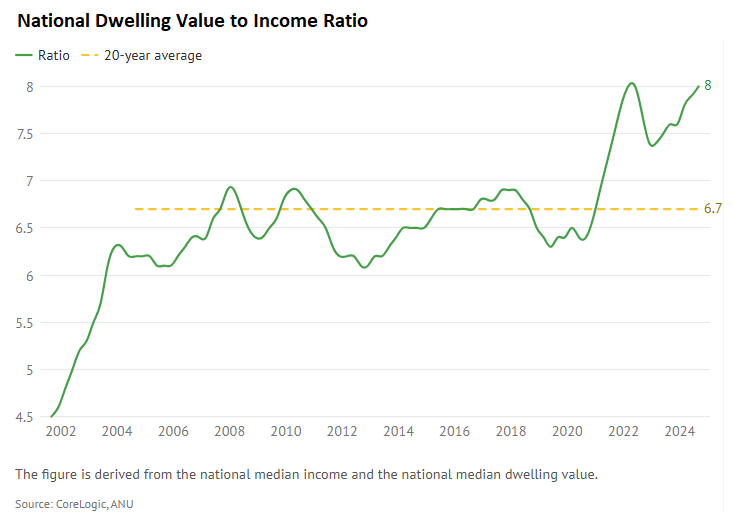
Second, in the September quarter of 2024, the time it took for the median-income household to save a deposit on a median-priced home was 10.6.
While this was marginally below the record high of 10.7 in the June quarter of 2022, it was well above the 20-year average of 9.0.
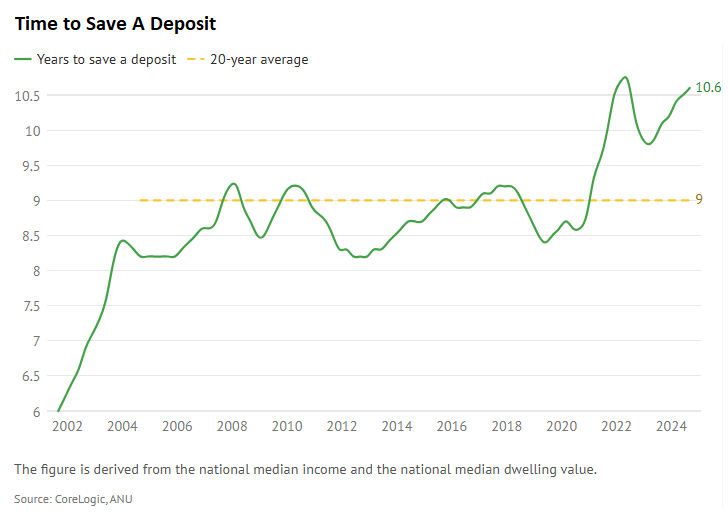
Third, the proportion of income needed by the median-income household to meet mortgage repayments on the median-priced home hit a record high of 50.6% in the September quarter of 2024.
It was also well above the 20-year average of 36.6%.
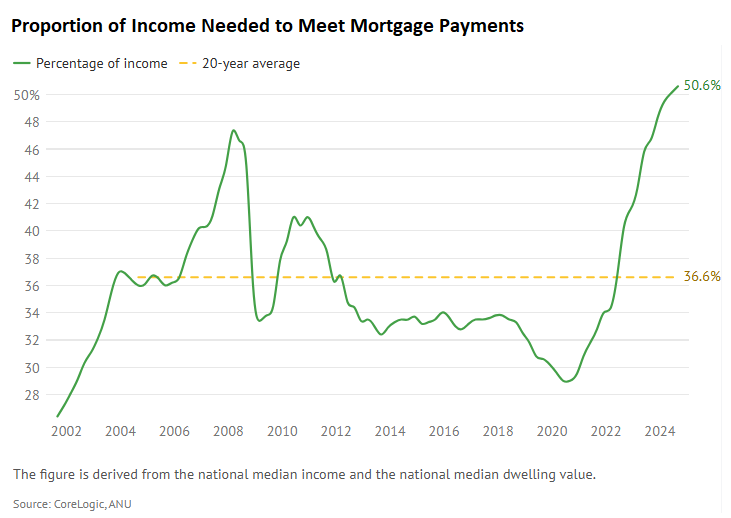
Finally, the percentage of income a median household needed to pay the median rent hit a record high of 33% in the September quarter of 2024.
It was also well above the 20-year average of 29%.
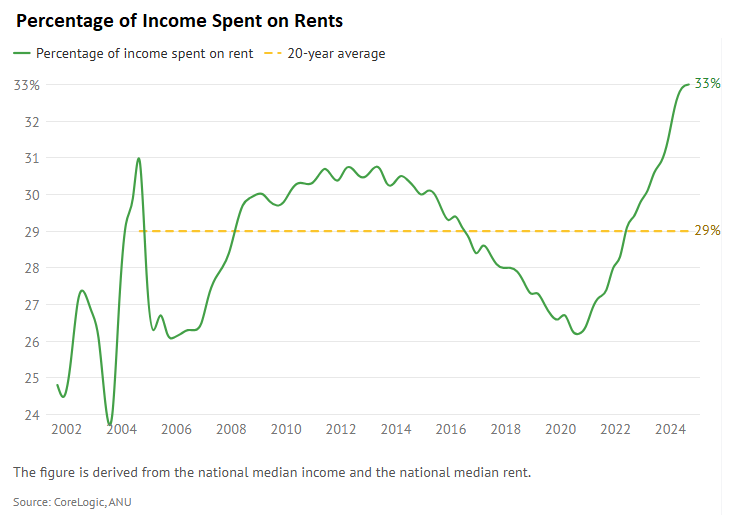
The single best solution to Australia’s housing affordability crisis is to significantly reduce net overseas migration.
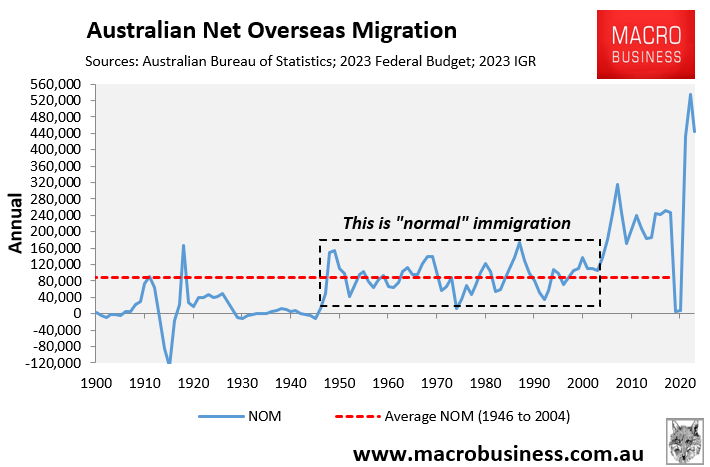
Excessive immigration is catastrophic for housing affordability, and first-time purchasers and renters in particular, because:
- It drives up rents directly, negatively impacting tenants and making it more difficult for prospective first-time buyers to save a deposit.
- It puts upward pressure on home prices, making home ownership even more difficult to obtain.
- It forces Australians to live in smaller homes (e.g., shoebox apartments) or farther from the city centre.
According to the most recent Population Statement from the Australian Treasury’s Centre for Population, the nation’s population will grow by 4.1 million people over the next ten years, with the majority of these new residents settling in Sydney, Melbourne, Brisbane, and Perth.
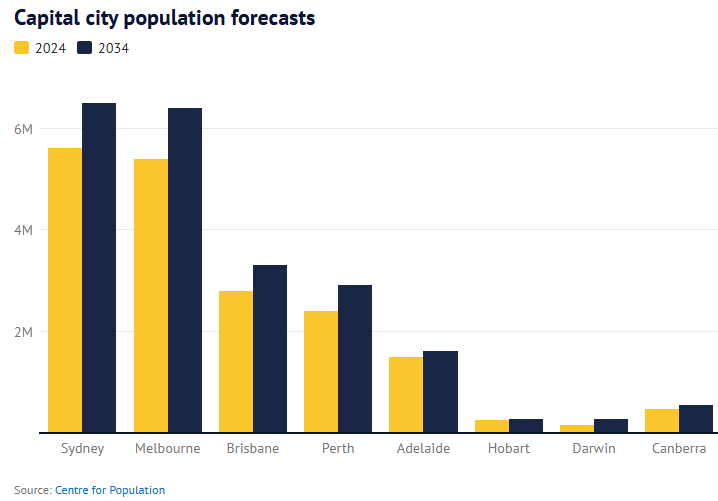
Melbourne is projected to increase by one million residents over the next decade; Sydney will add 900,000; and Brisbane and Perth will add 500,000 residents each.
Australia already has a shortfall of more than 200,000 homes.
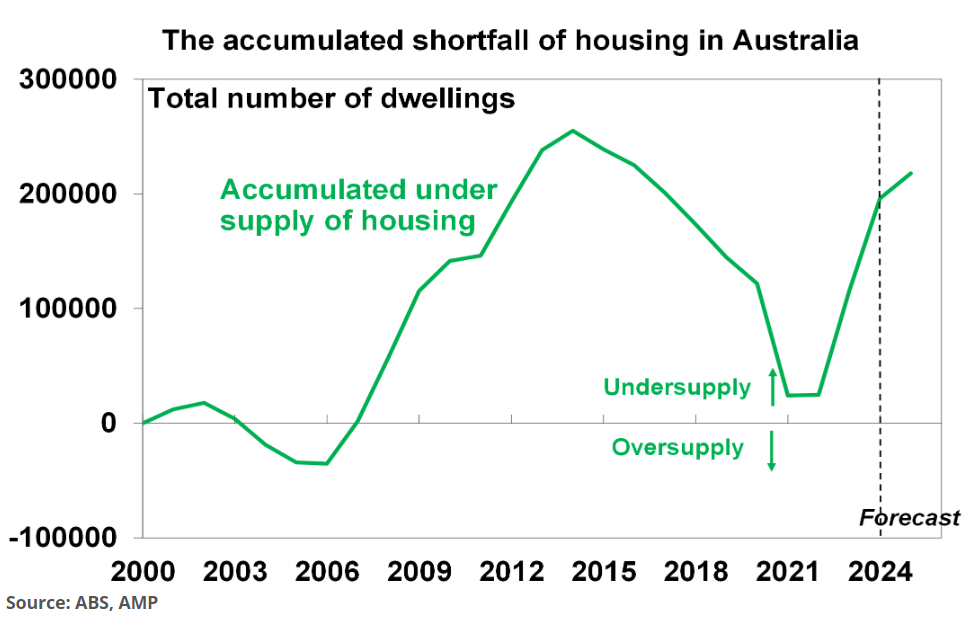
Therefore, such rapid population growth, driven almost entirely by high net overseas migration, will exacerbate housing and infrastructure shortages in Australia’s main cities.
The projected 410,000 annual population growth—roughly similar to the current population of Canberra—will ensure that population demand always outstrips supply, placing further upward pressure on housing rents and prices.
The bottom line is that immigration must be slashed if purchase and rental affordability are to sustainably improve.

